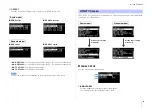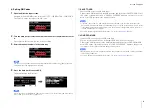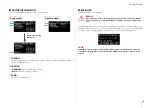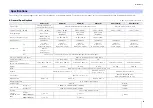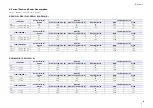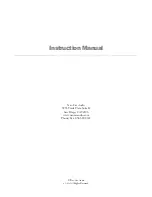
33
Reference
Compatible USB devices
• Use a USB flash drive. You will not be able to use any other USB device (USB hub,
mouse, computer keyboard, etc.) when connected.
• This product is compatible with USB1.1 to 2.0 USB flash drives (however, not all USB
flash drives have been verified for compatibility).
Connecting a USB flash drive
• Do not insert or remove a USB flash drive while a message appears on the screen.
Doing so may prevent the product from functioning properly, or may damage the USB
flash drive itself and the data contained within.
• Wait several seconds before reinserting a USB flash drive after removing it.
USB flash drive format
Use a USB flash drive formatted to FAT32 or FAT16. Format the flash drive on your com-
puter. Note that USB flash drives formatted on other devices may not work properly with
this product.
Preventing accidental data erasure
Your USB flash drive may come with a write-protect function to prevent accidental data
erasure. Use the write-protect feature to prevent important data from being overwritten.
Conversely, when saving data, check that the USB flash drive’s write-protect function is
off before using the flash drive.
Turning the power off when connecting the USB flash drive
Make sure the system is not accessing the USB flash drive (check that there are no mes-
sages on the display) before turning the power off. Failure to do so may damage the USB
flash drive itself and the data contained within.
NOTICE
The USB terminal is rated at a maximum of 5V/500mA. An alert message will appear on the
display when attempting to connect a device that requires a current exceeding 500mA, and
the power supply will be stopped.
NOTICE
When using a USB extension cable, use a cable that is no longer than 1 m.
Precautions when Using the USB Terminal
Using USB Flash Drives

